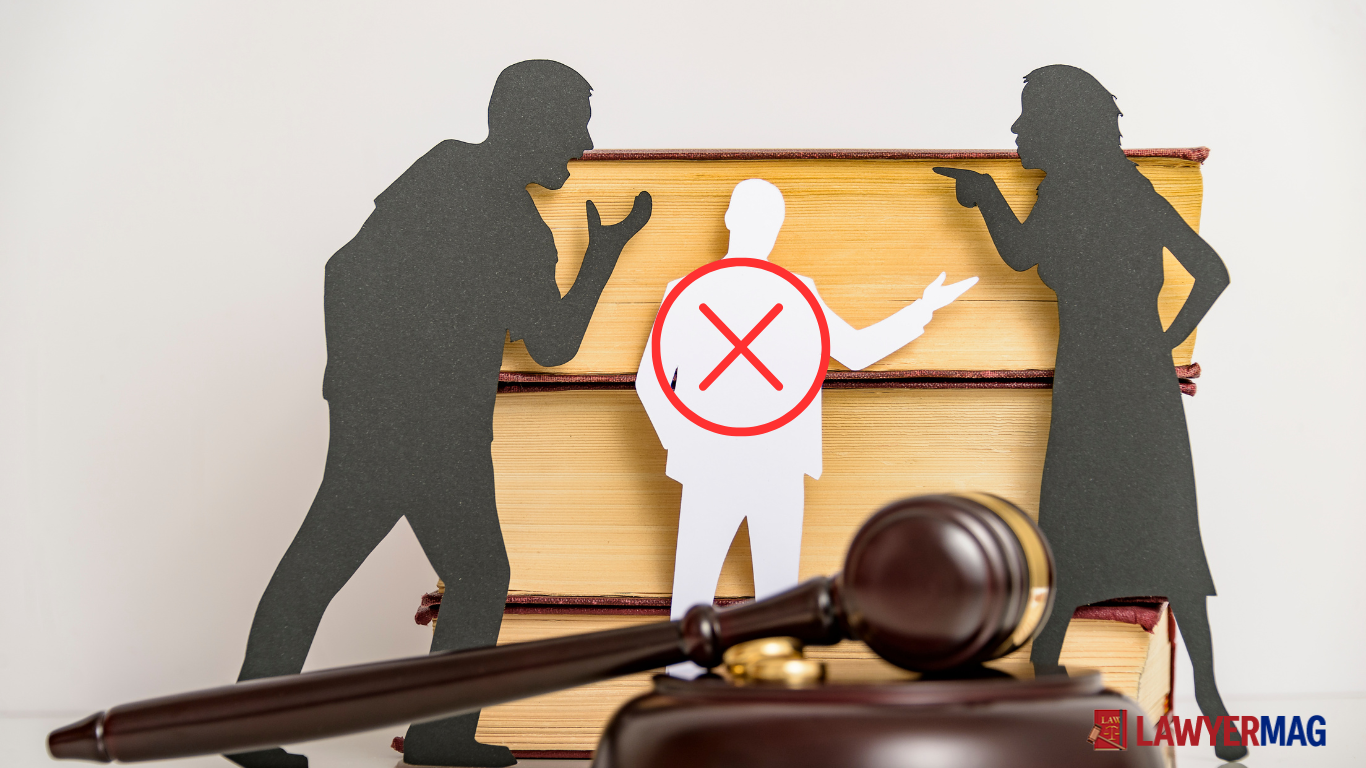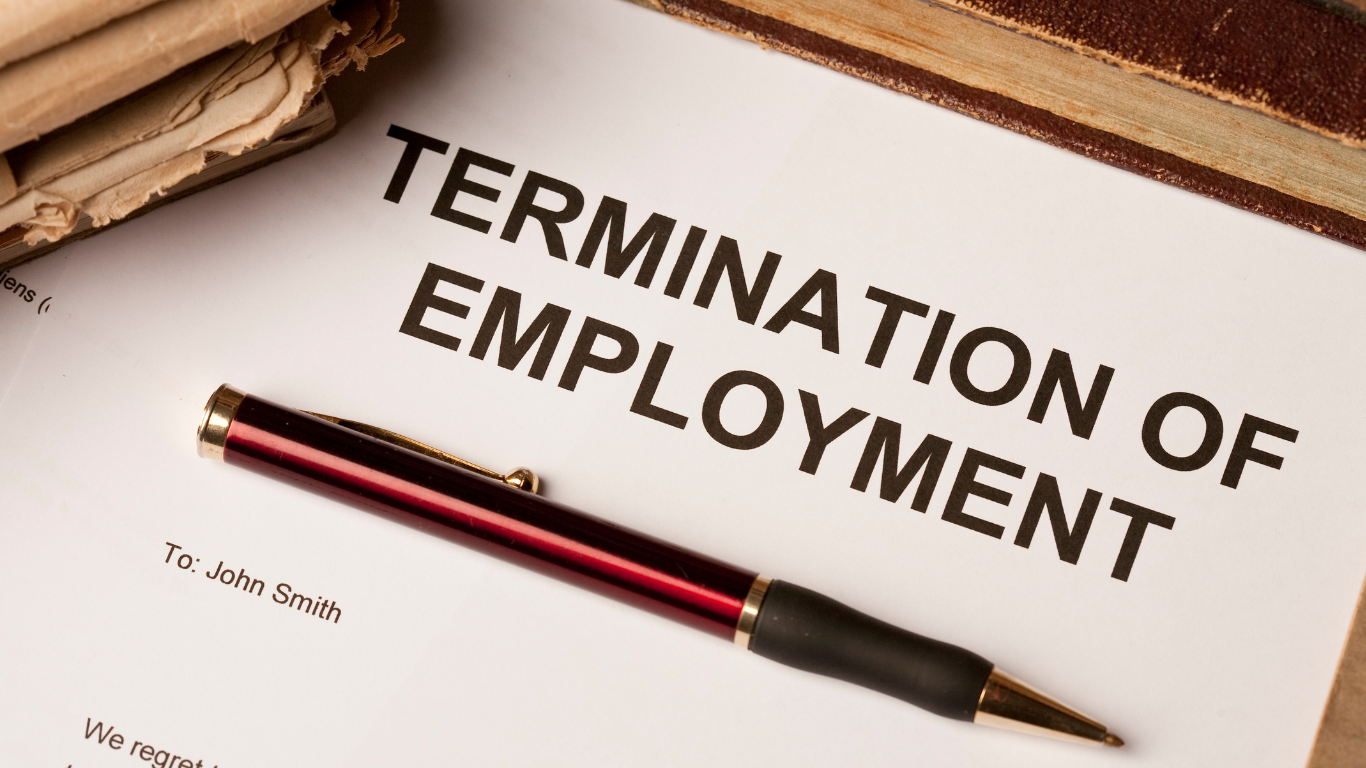How to Sumbit a Wrongful Termination Lawsuit 2023 – LawyerMag

Termination from a job can be a challenging experience, especially if it was unjustified. Wrongful termination is a legal term used when an employee is fired for reasons that are illegal or violate the employment contract. When an employee is wrongfully terminated, they can file a lawsuit against their employer seeking damages for the losses they incurred. This article will discuss what wrongful termination is, the different types of wrongful termination, and how to file a wrongful termination lawsuit.
What is Wrongful Termination?
Wrongful termination occurs when an employee is fired from their job illegally or for reasons that violate the employment contract. The reasons for termination must be illegal or discriminatory for it to qualify as wrongful termination. Some common examples of wrongful termination include discrimination based on race, gender, age, religion, or sexual orientation.
Types of Wrongful Termination Lawsuits
There are several types of wrongful termination, including:
Discriminatory termination
Discriminatory termination occurs when an employee is fired based on race, gender, age, religion, disability, or sexual orientation. Discrimination is illegal and violates federal and state laws.
Retaliatory termination
Retaliatory termination occurs when an employer fires an employee for engaging in a protected activity such as reporting discrimination, harassment, or illegal activity. Retaliation is illegal and violates federal and state laws.
Breach of contract
Breach of contract occurs when an employer fires an employee for reasons that violate the employment contract. For example, if an employee is fired without notice or without cause, it may be considered a breach of contract.
How to Submit a Wrongful Termination Lawsuit
Losing your job can be a traumatic experience, especially when you believe that it was not justified. If you have been terminated from your job under unfair circumstances, such as discrimination or retaliation, you may have grounds to file a wrongful termination lawsuit. Here is a step-by-step guide to help you navigate the process.
Understanding Wrongful Termination
Wrongful termination occurs when an employer fires an employee for reasons that violate federal or state laws or public policies. Some of the common grounds for wrongful termination include discrimination based on race, gender, age, religion, national origin, disability, or sexual orientation; retaliation for whistleblowing, reporting discrimination or harassment, or filing a complaint; breach of contract; or violation of labor laws.
Gather Evidence
To prove your case, you will need to gather evidence that supports your claims of wrongful termination. This can include emails, memos, performance reviews, witness statements, and any other relevant documentation. Keep a record of any incidents that you believe were discriminatory or retaliatory, as well as any communication with your employer regarding your termination.
Consult with an Attorney
Before filing a wrongful termination lawsuit, it is important to consult with an experienced employment attorney who can evaluate your case and advise you on the best course of action. An attorney can help you determine whether you have a strong case, estimate the potential damages, and guide you through the legal process.
File a Complaint with the EEOC
Before filing a lawsuit, you must first file a complaint with the Equal Employment Opportunity Commission (EEOC) or a similar state agency. This must be done within a specific timeframe after your termination, which varies depending on the state and the type of claim. The EEOC will investigate your claim and attempt to resolve it through mediation or other means.
Receive a Right to Sue Letter
If the EEOC is unable to resolve your claim, they will issue a Right to Sue Letter, which gives you the right to file a lawsuit against your employer. This letter is necessary to file a wrongful termination lawsuit.
File Your Lawsuit
Once you have received a Right to Sue Letter, you can file your lawsuit in court. Your attorney will prepare and file the necessary paperwork, including a complaint outlining your claims and the damages you are seeking.
Attend Mediation or Settlement Talks
Before the trial, you may be required to attend mediation or settlement talks to try to resolve your case outside of court. These negotiations can be a good opportunity to reach a mutually beneficial agreement with your employer and avoid the time and expense of a trial.
Read More: 12 Best Tips for Planning for an Unknown Financial Future
Prepare for Trial
If your case does go to trial, your attorney will prepare you for what to expect and help you gather and present evidence to support your case. You will need to be prepared to testify and answer questions from both your attorney and the opposing counsel.
Attend the Trial
During the trial, both sides will present their arguments and evidence, and the judge or jury will make a decision based on the evidence presented.
Receive the Verdict
If the judge or jury finds in your favor, they will award damages based on the severity of the wrongful termination and the impact it had on your career and finances. If they find in favor of your employer, your case will be dismissed, and you will not receive any compensation.
Appeal the Decision if Necessary
If you are unhappy with the outcome of the trial, you may be able to appeal the decision to a higher court. However, the appeals process can be lengthy and expensive, so it is important to weigh the potential benefits and risks before pursuing an appeal.
Consider Other Legal Remedies
If you are unable to recover damages through a wrongful termination lawsuit, you may be able to pursue other legal remedies, such as unemployment benefits, a breach of contract claim, or a claim under state labor laws.
Documentation of Your Job and Termination
Keeping accurate and detailed records of your job performance and termination can be crucial in the event of a wrongful termination lawsuit. Documentation can help you prove your case and increase your chances of a successful outcome. Here are some tips for documenting your job and termination:

Keep a Journal
Start a journal or notebook to record any incidents of discrimination, harassment, or retaliation that you experience at work. Include dates, times, locations, and descriptions of what happened, as well as the names of any witnesses. This documentation can be used to support your claims in a wrongful termination lawsuit.
Save Emails and Other Communications
Save any emails, text messages, or other communications that relate to your job performance or termination. These can be used as evidence to support your claims of discrimination, retaliation, or other illegal conduct by your employer.
Keep Performance Evaluations and Other Records
Keep copies of your performance evaluations, job descriptions, and other employment records. These can be used to demonstrate your job performance and the expectations that were set for you by your employer.
Obtain a Copy of Your Personnel File
Request a copy of your personnel file from your employer. This can include information such as your job application, employment contract, performance evaluations, and disciplinary actions. Review the file carefully and make notes of any discrepancies or inaccuracies.
Obtain a Copy of Your Termination Letter
Request a copy of your termination letter from your employer. This should include the reason for your termination and any other relevant information. Review the letter carefully and make notes of any discrepancies or inaccuracies.
Read More: How Business Law Can Best Assist in Contract Formation [Ultimate Guide 2023]
Consult with an Attorney

Consult with an experienced employment attorney to review your documentation and determine if you have a valid claim for wrongful termination. An attorney can help you assess the strength of your case, gather additional evidence, and navigate the legal process.
How Much Could Your Case Settle For?
If you are considering filing a wrongful termination lawsuit, you may be wondering how much your case could settle for. The answer depends on a variety of factors, including the strength of your case, the damages you suffered, and the resources of the defendant.

Strength of Your Case
The strength of your case will be a key factor in determining how much your case could settle for. If you have strong evidence of discrimination, harassment, retaliation, or other illegal conduct by your employer, your case may have a higher settlement value.
Damages
The damages you suffered as a result of your wrongful termination will also be a key factor in determining your settlement value. These can include lost wages, emotional distress, and punitive damages if the employer’s conduct was particularly egregious.
Resources of the Defendant
The resources of the defendant will also play a role in determining your settlement value. If the defendant is a large corporation with deep pockets, they may be willing to pay a higher settlement to avoid the negative publicity and legal costs of a trial.
Negotiation
The negotiation process can also impact your settlement value. An experienced employment attorney can help you negotiate with the defendant to reach a fair settlement that compensates you for your losses and holds the defendant accountable for their actions.
Examples of Settlements
Settlement amounts in wrongful termination cases can vary widely depending on the specific circumstances of each case. Here are a few examples of recent settlements:
- $10 million settlement for a former executive who was fired after blowing the whistle on illegal activities by his employer.
- $1.5 million settlement for a former employee who was fired for complaining about racial discrimination.
- $200,000 settlement for a former employee who was fired for taking medical leave under the Family and Medical Leave Act (FMLA).
Conclusion
Filing a wrongful termination lawsuit can be a complicated and stressful process, but it may be necessary to seek justice and compensation for the unfair treatment you have received. By following these steps and consulting with an experienced employment attorney, you can increase your chances of a successful outcome and move forward with your career.
FAQs
Can I file a wrongful termination lawsuit if I quit my job?
No, wrongful termination only applies to employees who are fired without a just cause. If you quit your job, you are not eligible for a wrongful termination claim.
How long do I have to file a complaint with the EEOC?
The deadline for filing an EEOC complaint varies depending on the state and the type of claim. In general, it is recommended to file as soon as possible after your termination to avoid missing any deadlines.
Can I represent myself in a wrongful termination lawsuit?
While it is possible to represent yourself in a wrongful termination lawsuit, it is not recommended. Employment law is complex, and an experienced attorney can provide valuable guidance and advocacy.
What damages can I recover in a wrongful termination lawsuit?
You may be able to recover damages for lost wages, emotional distress, and punitive damages if the employer’s conduct was particularly egregious.
Can I be fired for any reason?
In most states, employees are considered “at-will,” meaning that they can be fired for any reason or no reason at all, as long as it is not discriminatory or retaliatory. However, there are exceptions, such as if there is an employment contract or if the termination violates public policy.








3 Comments